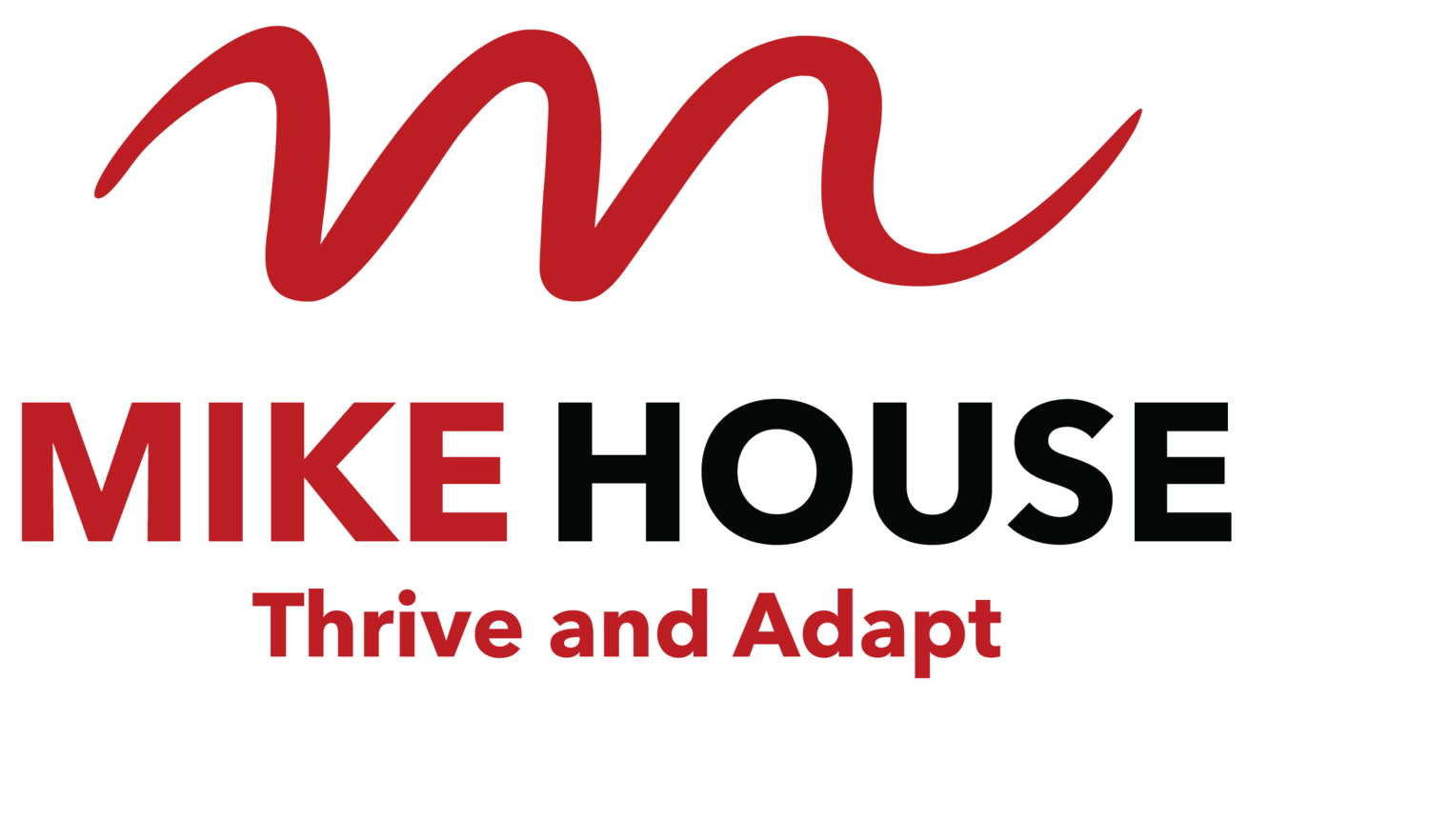Seamless Traffic?
/The first time I drove in an Asian city, I almost caused a massive pile up. I was waiting for a gap to pull out onto a major road, but there were no gaps. Here, we wait for a gap and accelerate into it to cause minimum disruption to the flow. We mostly pay attention to the traffic that is coming, not what has passed.
Eventually a small gap appeared, but it was tight. I floored it and all hell broke loose. Tyres squealed as brakes locked. Horns blared and voices shouted. A motorcycle came perilously close to crashing as the rider changed lanes, not expecting my violent acceleration. I joined the traffic and tried to settle the adrenaline. Clearly, what I had done was not the right way to do it. The traffic seemed completely chaotic and unpredictable. It seemed impossible to drive safely.
After a bit of observation I spotted the pattern. People would pull into the flow s-l-o-w-l-y, often not even looking at the oncoming traffic. The traffic would merge and flow around them, creating space. In an environment that appeared to have no rules, the rule was “Watch out for the people in front of you”. The random chaos suddenly made more sense and driving became much easier (and safer).
The key is consistency. Whenever we drive or cross a street, we rely on others being consistent. Staying left, giving way, merging (except here in Perth) are all consistent and therefore fairly predictable pieces of behaviour. In another city, you have to work out what consistency looks like. Without it traffic would be impossible.
It’s like that if you want to create a great work environment too - one where people bring the best of themselves and work cohesively for excellent results. If the environment is inconsistent, the result is anxiety. People will spend more time working out how to keep themselves safe, than delivering results. How do you spot it at work?
High turnover.
People blaming others, or external circumstances when work doesn’t happen.
Sickies.
No one speaks up. Except after the pre start, meeting, safety session or brainstorm, they are in huddles in the corridor talking about what BS that was.
Tribal lines between teams, sometimes actively working against each other.
Implementation fatigue which sounds like “that will never work”, “we’ve tried that before”, “You don’t understand”, “That’s impossible without better (tools, budget, leaders, etc)”.
People being unkind - harsh words, criticism, gossip, personal attack.
The best thing you can do as a leader is be consistent and encourage your team to be as well. The ‘road rules’ might be different for a construction crew compared to an office team, but consistency is the key.
How could you be more consistent?















